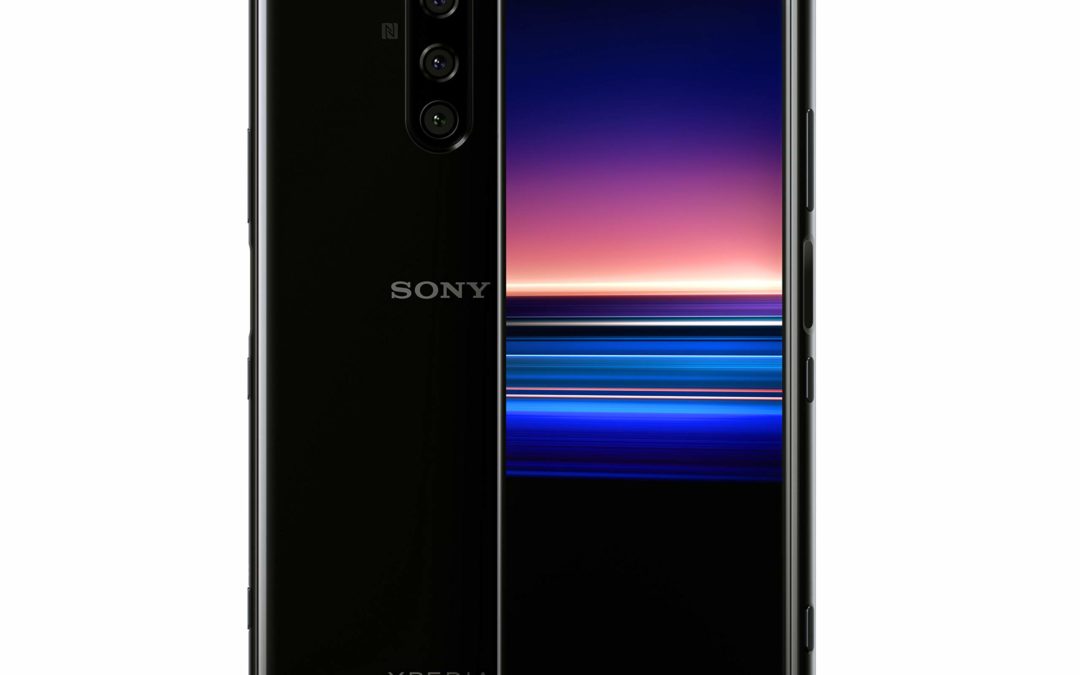Tokyo Tsushin Kogyo K.K., the predecessor of Sony, was founded in 1946 with just 20 employees and 190,00 yen in capital, the equivalent of $1,417. Masaru Ibuka, the company’s founder, cited his objective as establishing a factory to contribute to Japanese culture through technology, operating with a spirit of open-mindedness and freedom. Sony was created to achieve what had never been done before, launching not just “Japan’s first” but “world’s first” products.
Over the years, Sony has manufactured goods for a variety of different technology sectors and products, including:
- Radio
- Home Audio
- Projectors
- Television
- Personal Audio
- Headphones
- Broadcasting
- Video Cameras
- Digital Cameras
- Gaming
- Semiconductors
- Image Sensors
- Robotics
- Medical
Xperia Z
Sony released the Xperia Z in 2013, the first in its flagship line of mobile phones. Mobile technology was very different back then—the Xperia Z ran on a Qualcomm Snapdragon S4 Pro chipset, featuring just 16GB of internal storage and 2GB of RAM. Corner to corner, the LCD screen ran to 5 inches, with a screen resolution of 1080 x 1920 pixels. The handset also incorporated a 13.1MP camera along with dust and water protection.
Later that year, Sony released the Xperia Z1, which boasted a 20.7-megapixel camera, establishing Sony’s reputation for prioritizing and pioneering innovative smartphone camera technology.
Xperia Z2
In 2014 Sony launched the Z2. Bearing a close resemblance to its predecessor in terms of design, the Z2 featured a slightly more powerful processor, larger display, and 3 GB of RAM, as well as the same 20.7-megapixel camera. The Xperia Z2 was Sony’s first phone to come with a nonremovable battery. It also incorporated a 2.2-megapixel camera on the front side of the phone and a set of stereo speakers.
Xperia Z3
Announced in 2014, the Xperia Z3 and Z3 Compact were both fueled by Z2’s processor, the Snapdragon 801. While the Z3 featured a 5.2-inch full HD display, up to 32GB of expandable storage, and 3GB of RAM, the Z3 Compact included a 4.6-inch HD display, 16GB of expandable storage, and 2GB of RAM. Both handsets came with a 20.7-megapixel camera with Android 4.4.4 KitKat installed.
Xperia Z5
The Sony Xperia Z5 was launched in 2015, providing a significant design upgrade. The handset was the first to feature a fingerprint sensor in the power sensor. Sony upgraded the rear camera to 23 megapixels and installed Android 5.1.1 Lollipop. Sony also released a Z5 Premium version, featuring a larger screen and more powerful battery, as well as a Z5 Compact version.
Xperia X Performance
In February 2016, Sony announced the Xperia X Performance as a successor to the Z5, sporting a 5-inch full HD display and aluminum back, as well as a side-facing fingerprint scanner, stereo speakers, and a 3.5mm headphone jack. It came with 3GB of RAM, and variants with either 32GB or 64GB of storage.
Xperia XZ1
Sony launched the XZ1 in 2017, fueled by a Qualcomm Snapdragon 835 and incorporating 64GB of storage space and 4GB of RAM. Sticking with the 5.2-inch LCD screen, the handset was lauded for its battery life, processor, camera, and display.
Xperia XZ3
In August 2018, Sony announced the Xperia XZ3. The handset’s curved design incorporated a glass back panel and was Sony’s first phone to feature a 6-inch QHD+ P-OLED display. The Xperia XZ3 also included a fingerprint scanner on the reverse.
Powered by the Snapdragon 845, it came pre-installed with Android 9 Pie, featuring a 13-megapixel selfie unit as well as stereo speakers, but no headphone jack.
Xperia 1
Launched in February 2019, the Sony Xperia 1 marked a rebrand of Sony’s flagship series and the discontinuance of the XZ series. Constructed from metal and glass, the Xperia 1 was taller and narrower than previous models and incorporated a 6.5-inch 4K display and side-facing fingerprint scanner. This was Sony’s first handset to feature three cameras.
Xperia III
According to a Tech Advisor review, Sony’s best overall smartphone as of 2022 is the Sony Xperia 1 III. Currently retailing at $1,148, the phone incorporates a high-spec camera, an impressive 4K resolution, and an HDR OLED panel with an uncommon 21:9 aspect ratio that makes it perfect for enjoying movies on the go. The rear camera offers unprecedented control, particularly with regard to video, although it can be somewhat complicated to master. Incorporating a Snapdragon 888 chip and 12GB of RAM, the Xperia 1 III outperforms virtually every other Android phone on the market today. Commonly cited shortcomings include its price, battery life, and difficult-to-use camera.
Takeaways
A veteran of the smartphone era, Sony has dominated best smartphone lists for decades. Its products boast the latest processors, powerful camera technology, and crystal-clear HDR OLED displays. Although Apple and Samsung retain a competitive edge, Sony offers some of the most advanced smartphone technology on the market, presenting high-end flagship features to enable users to stream movies, play games, capture cherished moments using Sony’s state-of-the-art camera technology, and keep in touch with friends and family while on the move.

